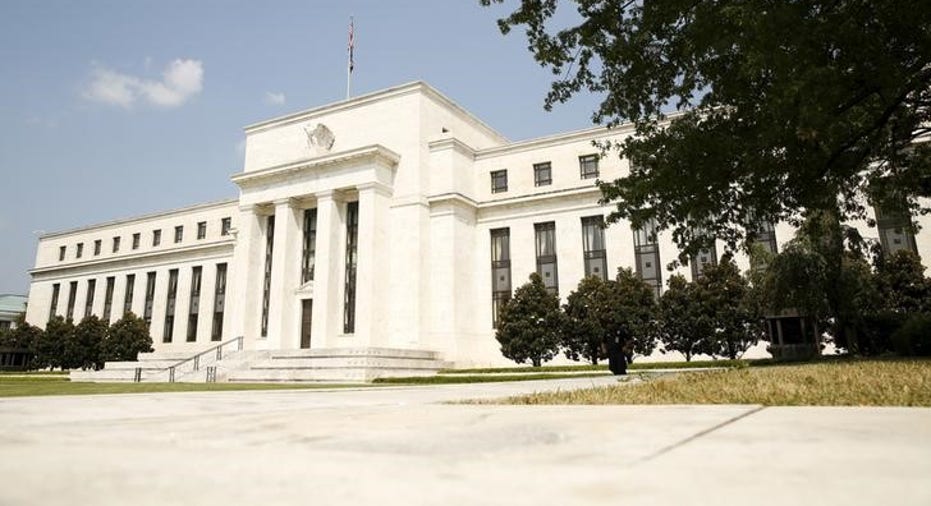Fed Holds Rates Steady, Expects Pick Up in 2017 Growth

The Federal Reserve on Wednesday held its benchmark interest rate steady and acknowledged that, while the labor market continued to strengthen and inflation moved closer to its 2% target, economic growth slowed in the first quarter, though it said the factors contributing to the slower pace were likely temporary.
The central bank kept the short-term federal funds rate at between 0.75% and 1% at the conclusion of its two-day policy setting meeting, and said it will continue to analyze economic data before making further gradual increases to the targeted range.
“The committee views the slowing in growth during the first quarter as likely to be transitory and continues to expect that, with gradual adjustments in the stance of monetary policy, economic activity will expand at a moderate pace, labor market conditions will strengthen somewhat further, and inflation will stabilize around 2% over the medium term,” members of the policy-setting Federal Open Market Committee said in a statement.
The central bank raised rates by 0.25 percentage points at its last meeting in March and said it expected to raise them at least twice more before the year is up. The Fed did not provide an update to its economic projections at the end of its meeting this week, but CME Group’s federal funds futures show market expectations for odds of a rate rise in June are steady at around 70%.
Clouding the economic outlook is tepid so-called “hard data” that, at times, contrast sharply with sentiment surveys. For example, American consumers say they continue to be upbeat about their economic prospects, but government figures prove shoppers aren’t backing that confidence with higher spending rates.
What’s more, data from the Commerce Department Friday showed the U.S. economy grew at an annualized rate of 0.7% in the first three months of the year, a far slower pace than the fourth quarter’s 2.1% rate, as consumer spending barely grew and inventory investments declined.
Still, Fed officials, including Vice Chair Stanley Fischer, have argued growth is likely to be stronger during the rest of 2017, economists at Goldman Sachs Economics Research pointed out. Indeed, the Atlanta Fed’s closely-watched GDPNow tracker pins second-quarter growth at 4.3% with strength coming from core personal consumption expenditures – which strips out volatile food and energy prices and is the Fed’s preferred measure of inflation.
“Underlying growth in the first quarter appears firmer than headline GDP would suggest,” the economists argued, pointing to declines in the March unemployment and underemployment rates. Wall Street will get the latest look at America’s jobs picture on Friday when the Labor Department releases its monthly non-farm payrolls report.
“Despite the March setback, the drop in the March unemployment rate coupled with the committee’s apparent growth optimism suggest little need to modify the inflation outlook,” the Goldman economists explained.
At the end of this month’s meeting, the Fed left its inflation outlook mostly unchanged, calling for a stabilization in prices to its 2% target over the medium term.
With an expectation for stronger growth throughout the rest of 2017, Alan MacEachin, chief corporate economist at Navy Federal Credit Union, said it’s likely the soft data – or sentiment surveys – will slip a bit from their lofty levels to come more in line with hard data. That, coupled with slowly-rising inflation, likely gives the Fed a little breathing room when it comes to raising rates later this year.
“I think the Fed definitely pulls the trigger in June, but I see no reason for the Fed to see urgency here because the inflation target hasn’t been met and they can continue to be data dependent and take their time,” MacEachin said.
The central bank also made adjustments to its outlook for adjustments to the $4.5 trillion in bonds on its balance sheet, saying it will maintain existing policy of reinvesting principal payments from its holdings of agency debt and mortgage-backed securities, and rolling over maturing Treasury securities at aution “until normalization of the level of the federal funds rate is well underway.”



















